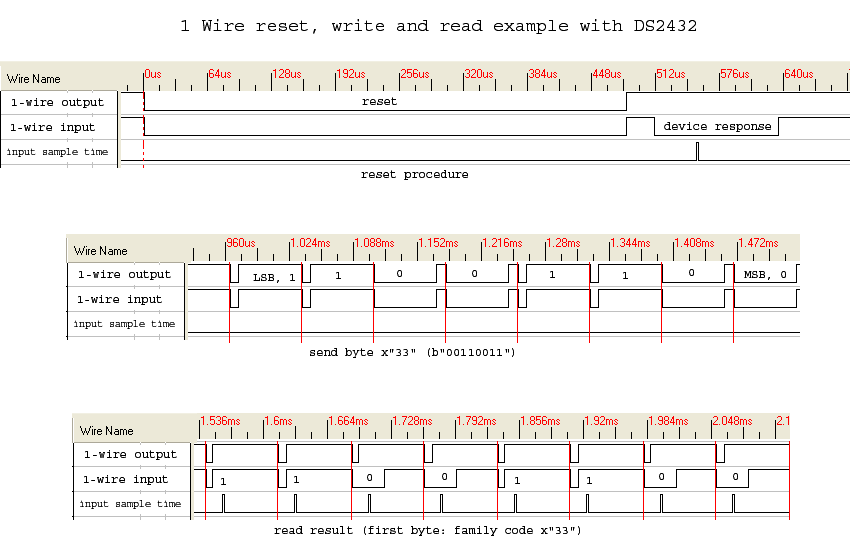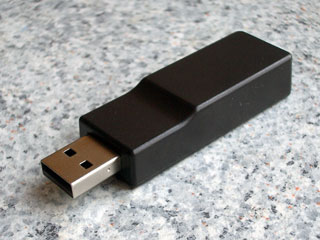Once again: the BMW IBus has NOTHING in common with the CAN bus (Bosch). You can not connect any CAN interface (neither built-in in your android device no. Not complicated but some work / programming of the IBus device involved. Android Software and Hacking General [Developers Only]. For details on NavCoder software, click here. To use NavCoder on BMW, you'll need a USB iBus interface card. See here: I purchased the NavCoder software primarily to turn off the light control module fault reporting, but this software has a lot more capability. FYI, BMW dealership charges 1 hour of labor to recode LCM's.
April 23, 2013 a complete guide to hacking your vehicle bus on the cheap & easy – part 2 (interpreting the data) in, i covered the basics for how to interface with a vehicle bus using an inexpensive USB or Bluetooth ELM327-based scan tool. In part 2 below, i’ll go over how to actually use that hardware interface to collect and analyze data with the intention of discovering how to interact with the vehicle in some specific way. For my own first project, i wanted to know how to intercept the steering wheel radio remote-control button press events. I replaced my factory radio with a Motorola Xoom 10″ Android tablet in order to have a bigger and better GPS (and OBDII app, and better entertainment options, etc).
Serial number for magix audio cleaning lab deluxe 16. By one of the pioneer companies that is known for making the ultimate audio softwares. MAGIX Audio Cleaning Lab 2017 Full Serial Key+ Crack MAGIX Audio Cleaning Lab 2017 Full Crack is a program designed to bring life to your old records and tapes and digitize them using some of the most advanced tools available.
However, touching the screen precisely while driving can be difficult (especially when bouncing around off-road). Hence why i wanted the factory steering wheel buttons to still control volume, track, play/pause, etc. I’ll use this goal as an example to walk through navigating the bus data. Source code for the above Android app is available on my GitHub: what you’ll need • patience!

• a working vehicle bus hardware interface (the scan tool, see ) • laptop or tablet with serial terminal application capable of logging to a file • (or, a spreadsheet,, etc.) task 1: get a baseline the first task is to gather some baseline data – i.e. What msgs are flying around the bus when your are NOT doing whatever particular interaction you are looking to find the msg for. I tested and found that with the vehicle not running, i could still use the steering wheel buttons to control the radio. That made things a little simpler since i would be able to gather all my sample data with the engine off and the key in “run” (there are way less msgs on the bus when the vehicle is not running). • issue the following commands (one at a time): ATL1, ATH1, ATS1, ATAL • be sure your serial terminal app is set to log to a text file.
• issue ATMA to have the scan tool start reporting all of the bus msgs it sees. • just press enter after a minute to stop the stream of data. Task 2: log data from the event/interaction in question the next task is to log the bus msgs when the action you are looking for occurs.

This could be when something like when the radio changes tracks, when you press the sunroof close button, etc. I wanted to know the msg for each steering wheel button. I did a data collection run for each of the 6 buttons separately. For each run, i would press the same button 5 times, trying to space the presses evenly about 1 second apart. I wanted to create some sort of pattern that would hopefully stand out in the data stream.
• repeat the steps from the previous task, while causing the event in question (or allowing it to happen if you have no control over it). Task 3: analyze the data now you’re ready to analyze the data you collected in order to find just the bus msgs you care about.
I used Excel, but you could go with any spreadsheet or database tool that you’re familiar with. The complete MS Excel spreadsheet for all the examples below can be downloaded here: • paste the data from each of your baseline/test runs into separate sheets of the spreadsheet. All the bus msgs should be in the first column. Add a column header called “ msg“. • on the sheet with the baseline data, add a second column with the header “ count“. Just fill this column with a “ 1” for every row. • still on the baseline data sheet, create a pivot table that sums the count for each msg.
This is just an easy way to give you a list of distinct msgs. • now go to the sheet with your first sample data run. Again use “ msg” for the first column header and create a second column filled with 1’s called “ count“. • for the third column add the header “ not in baseline“. For the value of every row, specify a function that places the msg from the first column into this column ONLY if that msg is not in the baseline list.
The function might look something like this (my baseline data pivot table is in the sheet named “baseline”, on column “D”): =IF(ISNA(MATCH(A2,baseline!D:D,0)), A2, ') you should end up with something like this, where the third column is a bunch of blank cells with only a few having msgs in them: • now create another pivot table similar to the previous. However, for this sample run sheet, use the “ not in baseline” and “ count” columns. This give you a list of distinct bus msgs that occurred during your test that were NOT duplicates of msgs from the baseline run. It also tells you how many times the msg occurred. You’ve basically removed the background noise from your data sample. if you’re after something really simple, this might be nearly the end of your journey.